Buri (鰤), or yellowtail, is more than just a delicious fish; it’s a significant part of Japan’s culinary culture and traditions. Known as the “success fish,” buri is often enjoyed during special occasions, particularly in New Year celebration. With its rich, flavorful meat that is at its best in the winter months, yellowtail is a versatile ingredient found in a variety of dishes. In this article, we will explore the fascinating history, cultural significance, and culinary uses of buri in Japan. Many osechi cuisine dishes include wishes for the safety of the family, bountiful harvests, and prosperity in business, but what is the story behind buri or yellowtail?
What is Buri?
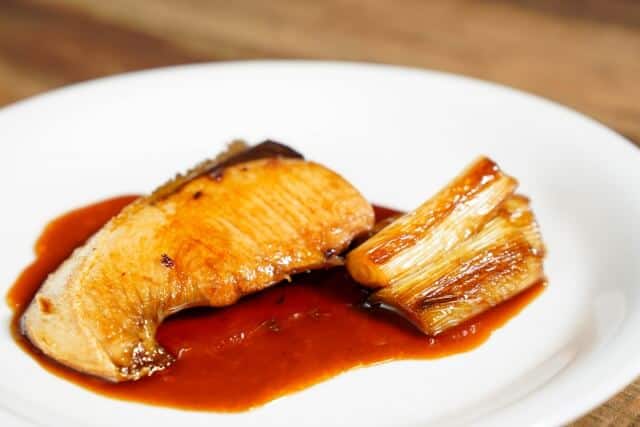
Buri (鰤) is a type of yellowtail fish, particularly known for its delicious, rich flavor and firm texture. It is a popular fish in Japanese cuisine, especially in sushi and sashimi. There are different stages of yellowtail, with Buri referring specifically to the mature fish, which is typically between 1-2 years old and weighs around 2-3 kg or more. The younger fish, popularly known as, “Inada” (いなだ) are about 1 year old and “Wakashi” (わかし) when they are younger. The way they are called varies depending on the region. But in the Kanto region, locals called it “Wakashi/Wakanago → Inada → Warasa → Buri,” and in the Kansai region. Locals highly regarded Buri for its seasonal variations, with the best time to enjoy it being in the winter months when it is fattier and richer in flavor.
Will including buri in your New Year’s feast enhance your chances of success?

In osechi cuisine, it’s customary to feature teriyaki in the tiered “grilled food” box. Yellowtail is a traditional choice for osechi dishes because it symbolizes success, conveying the hope for prosperity in the coming year. Additionally, yellowtail is in season during winter, making it particularly rich and flavorful, which adds to its appeal in osechi preparations. So, by featuring this flavorful fish in your celebration, you’re not just enjoying a culinary delight—you’re also embracing a meaningful tradition that wishes you well in the coming year!
Production Area of Yellowtail
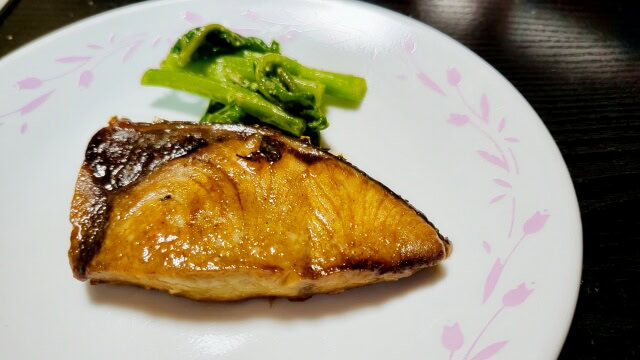
Southern Kyushu serves as a primary spawning ground, where the warmer waters nurture young yellowtail. Niigata Prefecture, particularly famous for its “kanburi” variety, yields some of the most sought-after yellowtail during the colder months, when the fish are especially fatty and flavorful. Toyama Bay is another significant area, renowned for its high-quality buri prized for its taste. Buri migrates along Japan’s coastal waters, pursuing schools of horse mackerel and mackerel. In spring, they spawn and hatch south of Kyushu, then migrate northward to southern Hokkaido from spring to summer. As autumn arrives, they travel south again to Kyushu. Notably, yellowtail that journey down the Sea of Japan and caught near Niigata and Toyama are known as “kanburi” (cold yellowtail).
How to make Buri Teriyaki?
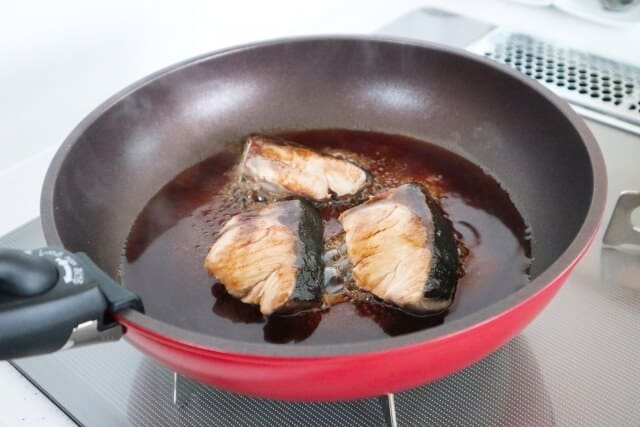
Coat the yellowtail with flour and fry it in a frying pan until golden brown.
In the same frying pan, add a mixture of sake, mirin, soy sauce, and sugar, stirring to combine.
Add the fried yellowtail back to the pan with the sauce, simmering until the fish is well-coated and the sauce thickens.
For a delicious dish that pairs perfectly with sake, consider marinating the yellowtail in koji miso before grilling it.
Summary

If you find yourself in Japan, don’t miss the opportunity to seek out this remarkable fish. Purchasing and trying buri will not only allow you to savor its deliciousness but also connect you to the rich traditions and stories that surround this iconic ingredient. Enjoy the experience of tasting buri and immerse yourself in the flavors of Japan!
You can try out other Osechi dishes we recommend below that will make you know more about Japan’s culture.
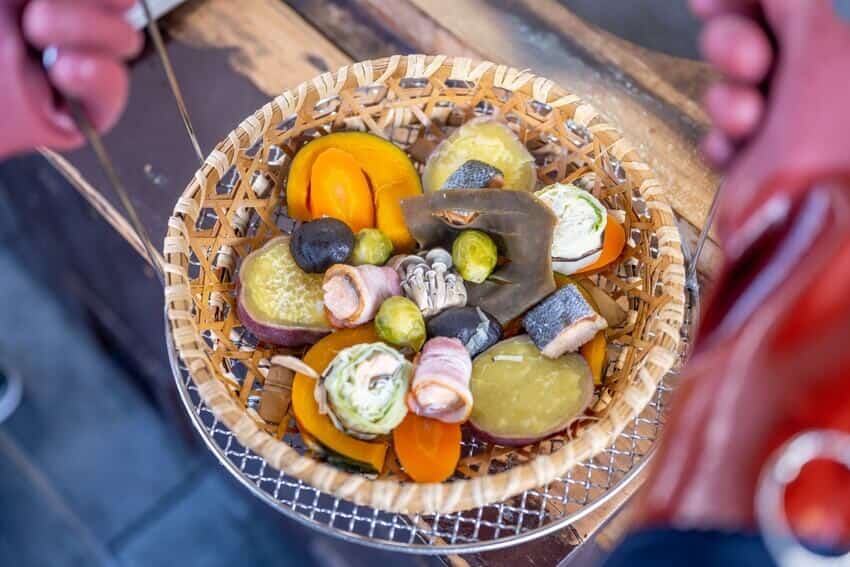
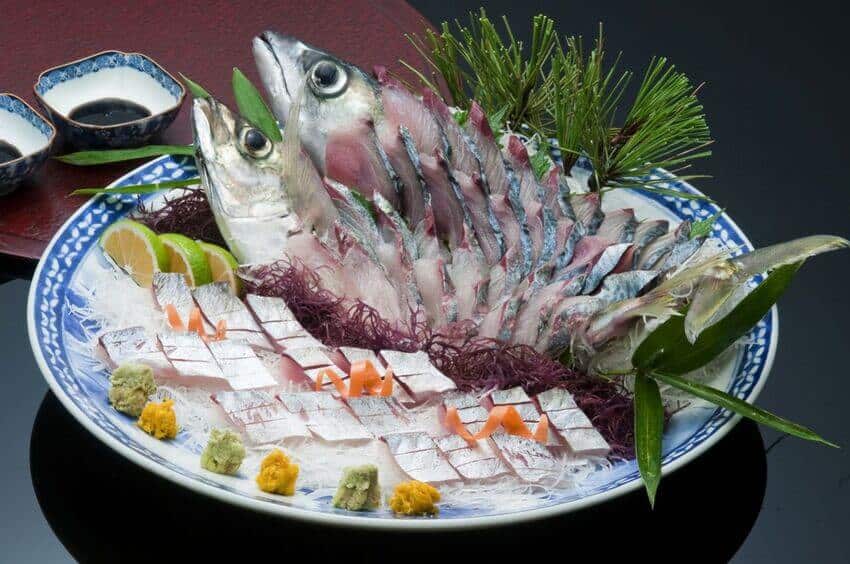
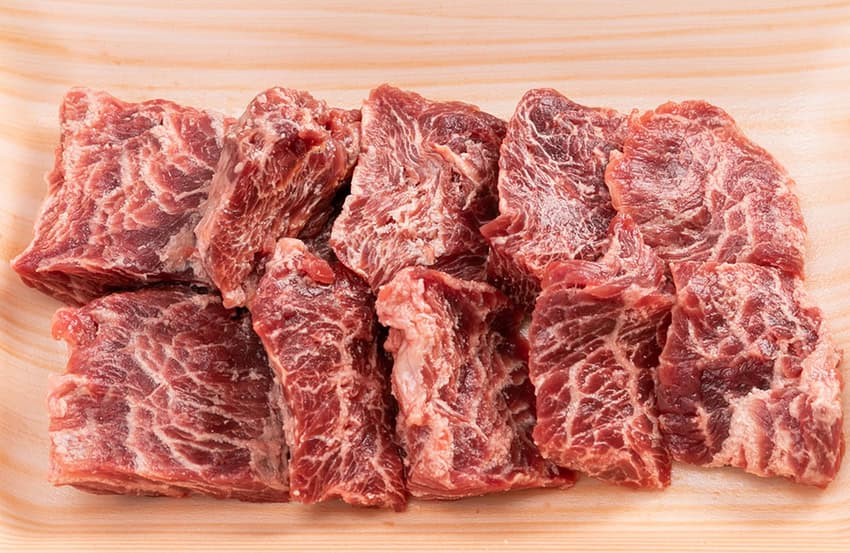

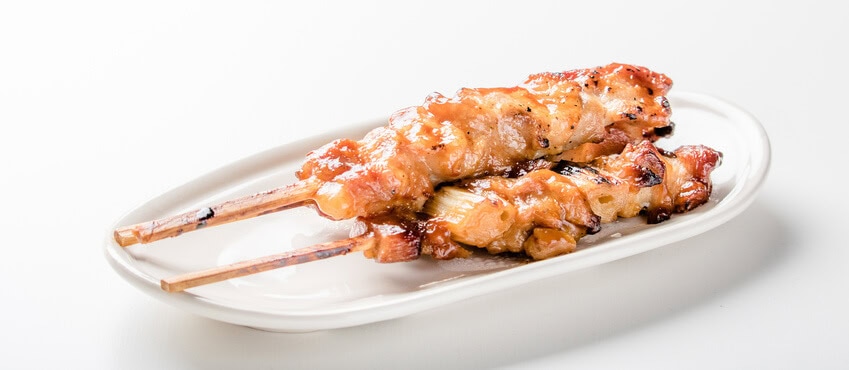





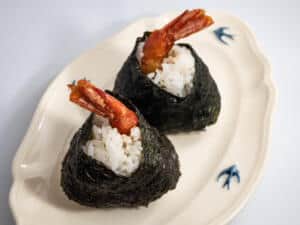





Comments